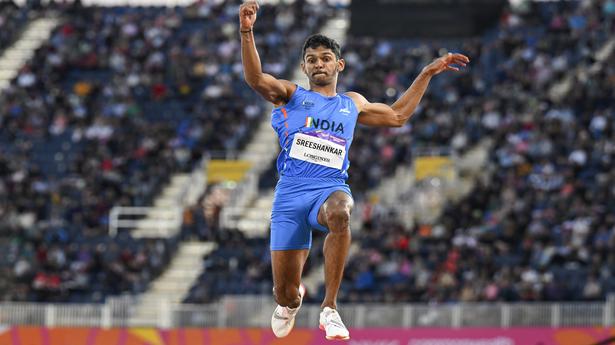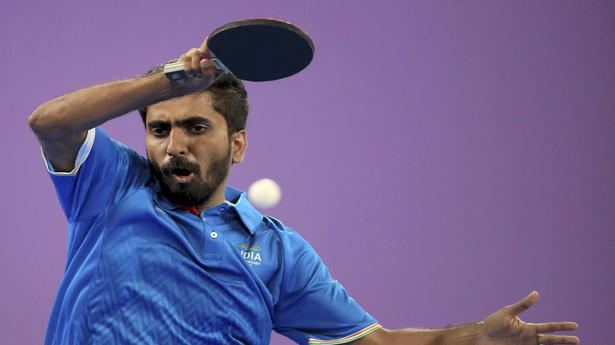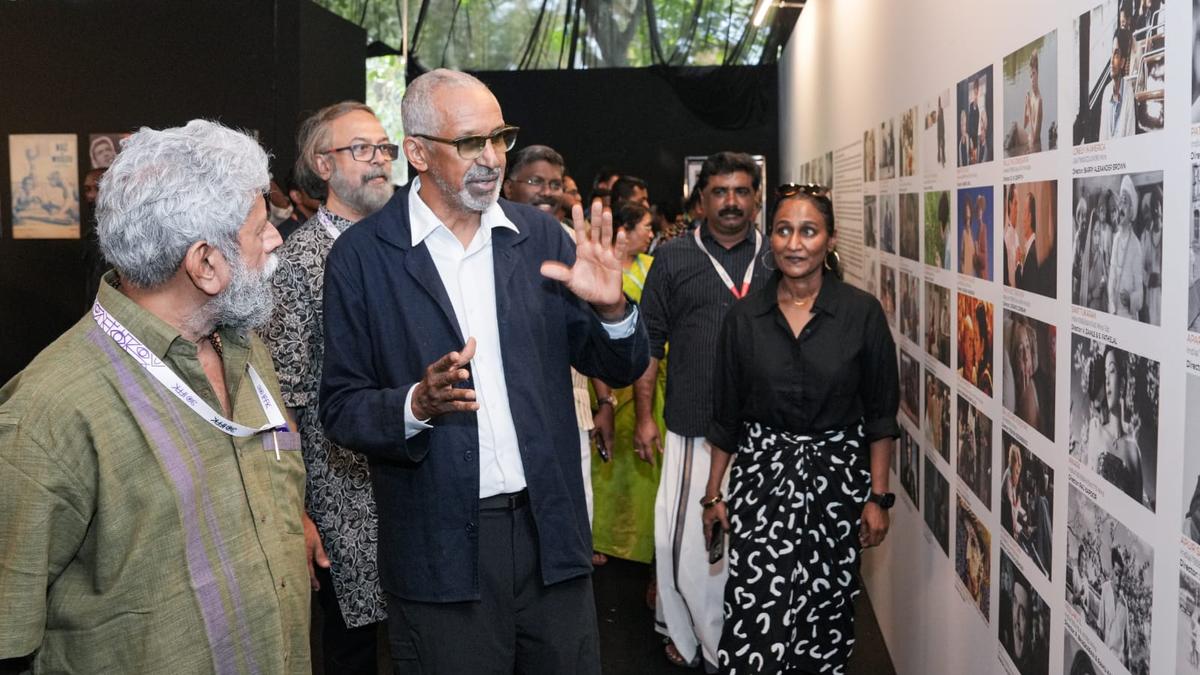Chess – FIDE World Championship Match 2023 – Game 14 – Astana, Kazakhstan – April 29, 2023. Ding Liren of China walks towards a chess board while competing against Ian Nepomniachtchi of International Chess Federation.
| Photo Credit: VLADISLAV VODNEV
China’s Ding Liren’s victory after a hard-fought game in the World Chess Championship final against Russia’s Ian Nepomniachtchi marked a significant moment in chess history. Ding is only the second Asian to win the coveted title after Indian legend Viswanathan Anand, who wore the crown five times. The Super Grandmaster (GM) from China is also the world champion at a time when his compatriot Ju Wenjun holds the Women’s World Chess Championship title.
Ding’s victory was also made possible by the withdrawal of incumbent World No. 1 Magnus Carlsen from the race. The Norwegian won the title consecutively in 2013, 2014, 2016, 2018 and 2021, and is currently World No. 1 with 2853 ELO rating points. Despite winning the championship, Ding is rated only third, and is 63 points behind Carlsen. It is rare to see a top-rated player, who was the previous champion, declining to defend his title. U.S. maestro Bobby Fischer was the last to do so in 1975.
Ding joins the list of just 20 other players in history who have secured the title in the World Chess Championship, first conducted in 1886.
Table 1A | The table shows 17 players having won the classical version of the World Chess Championship, which in most instances has featured the incumbent champion facing a challenger
Chart appears incomplete? Click to remove AMP mode
Table 1B | The table shows FIDE champions between 1993 and 2006
Click to subscribe to our Data newsletter
During this period (1993-2006), there were two tournaments: the “classical” one and the one conducted by a break-away chess association promoted by Russian GM Garry Kasparov and English GM Nigel Short — the original defender-challenger pair in the 1993 championship. The second version was short-lived; it was merged with the “classical” tournament after 2006.
Put together, including Ding, 21 players have won the title with Kasparov, his fellow countryman Anatoly Karpov, and Germany’s Emanuel Lasker topping the list with six victories each. As can be seen from Tables 1A and 1B, in the post-war period, starting with Mikhail Botvinnik in 1948 and ending with Vladimir Kramnik in 2006, the World Championship was dominated by former Soviet and Russian players with only Fischer being the exception to the norm.
Anand’s first title win in 2007 ended Russia’s dominance. Challenges from three other Russians after 2007 — Nepomniachtchi against Carlsen and Ding in 2022 and 2023 respectively, Sergey Karjakin against Carlsen in 2016, and Vladimir Kramnik against Anand in 2008 — were unsuccessful.
While Ding’s victory may be the first for male players in China, women from the country have long dominated the game. After Soviet dominance, Chinese women have won most of the Women’s World Chess Championships since 1991, as shown in Table 2.
Table 2 | The table lists women who have won most of the Women’s World Chess Championships since 1991
China might be at the top of the world in terms of hosting incumbent world champions, but it has fewer GMs and Super GMs compared to India ( Chart 3). India registered a significant increase in the number of GMs from the early 2010s, surpassing China’s tally in 2012 ( Chart 4). Today, India hosts 80 GMs (recognised by FIDE) as compared to China’s 49 (a number that has remained static since 2019 because of the lack of international competition for its players due to COVID-19 restrictions).
Chart 3 | The chart shows the rise in the number of GMs over time in China and India
Table 4 | The table shows the extent of India’s rise in chess
India has the second-highest average rating for its Top 10 players, behind the U.S. India has five super GMs (ELO above 2700), a number matched by Russia and surpassed by the U.S. (eight). China has four super GMs. But it is the leader among women, with seven GMs and many WGMs.
Srinivasan.vr@thehindu.co.in and vignesh.r@thehindu.co.in
Source: ratings.fide.com, 2700chess.com, chess.com
Also Read |Ding Liren crowned king of World chess after beating Nepomniachtchi in the fourth tie-breaker
Listen to our Data podcast: Who Will Watch the Watchers: Are CCTV cameras silent protectors or privacy invaders





